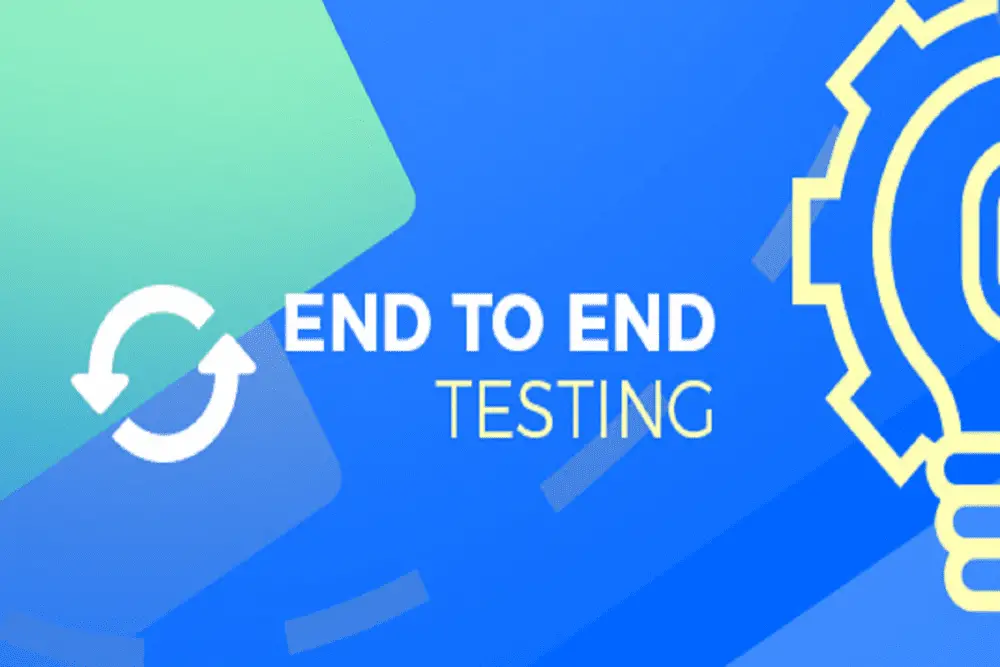Have you ever heard of the term “end-to-end testing”? What exactly? How does it work or how could it benefit you?
End-to-end testing is an important part of any quality control process because it is not possible to verify that a system works as expected if the test only includes one or two steps. This can result in many defects that can be discovered through end-to-end testing. End-to-end testing ensures that all aspects of the system work with each other and not just parts within separate parts.
End-to-end testing is the most important, comprehensive, and reliable type of testing.
Modern software programs, on the other hand, are linked and interconnected with a variety of systems. The entire application workflow becomes more sophisticated as a result of this. Failure or inaccuracy in systems outside of the enterprise environment can have a negative impact on the operation of the application with which they are integrated.
In these cases, end-to-end testing ensures that the application works correctly by testing it at all layers, from front-end to back-end, as well as its interfaces and final destinations. End-to-end testing can be done with an automation tool like Selenium, ACCELQ, etc. These tools are mainly used for testing web applications, APIs, and more.
Main benefits of end-to-end testing:
1. Ensures the complete correctness and health of the application.
The application is verified at all stages (data layer, business layer, integration layer, and presentation layer) during end-to-end testing. This ensures the complete correctness and health of the application.
2. Increase applicant confidence
End-to-end testing also increases confidence in the app’s functionality and performance prior to release as it is extensively tested on multiple endpoints for multiple devices and platforms.
3. Reduces the probability of future risks
The app is carefully tested after each iteration and sprint in end-to-end testing. As a corollary, the chances of failure and danger in the future are reduced.
4. Repetitive efforts are reduced
There is no going back now that the app has been properly tested. End-to-end testing decreases the likelihood of frequent failures and, as a result, the need for repetitive testing.
5. Save money and time
End-to-end testing with an automation tool reduces the recurrence of errors, which means there is no need to retest the application. This significantly reduces testing time and costs, as well as helping to improve productivity in other important procedures.
To test and grow the application on a variety of systems, devices, layers, servers, database interfaces, APIs, and communication, end-to-end testing is required. End-to-end testing can be done manually or automatically. End-to-end manual testing is done by a human tester who goes through all the steps and checks if everything works as expected. End-to-end automated testing is performed by software that performs all of these tasks automatically, without human intervention.
In addition, end-to-end test automation enables you to quickly respond to changing business needs and increases overall test project agility. Therefore, end-to-end automated testing using an automation tool is the most preferred methodology and is highly beneficial.
Subscribe to our latest newsletter
To read our exclusive content, sign up now. $5/month, $50/year
Categories: Technology
Source: vtt.edu.vn
